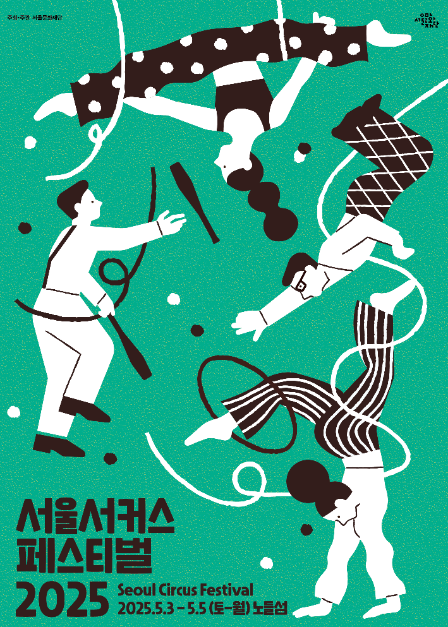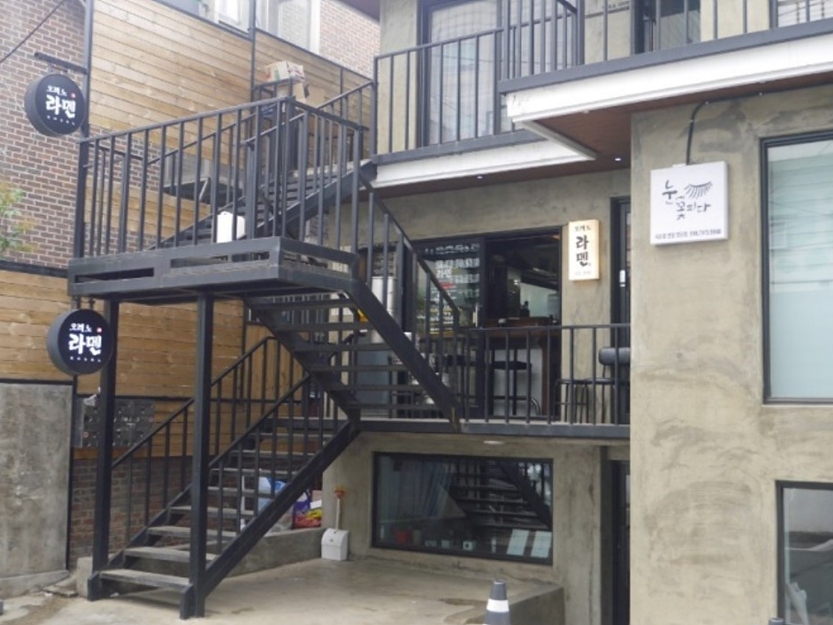Lee Glasses - Hongdae Branch [Tax Refund Shop] (이기대안경 홍대점)
5.0Km 2024-06-27
1F, 56, Dongmak-ro, Mapo-gu, Seoul
-
Olive Young - Donam Branch [Tax Refund Shop] (올리브영 돈암점)
5.1Km 2024-06-27
39, Dongsomun-ro 22-gil, Seongbuk-gu, Seoul
-
Olive Young - Sungshin Women's University Station Branch [Tax Refund Shop] (올리브영 성신여대입구역점)
5.1Km 2024-06-27
9, Arirang-ro, Seongbuk-gu, Seoul
-
E-Land Cruise (Hangang River Ferry Cruise) (이랜드크루즈 (한강유람선))
5.1Km 2024-10-31
(Nodeulnaru Park), 290, Yeouidong-ro, Yeongdeungpo-gu, Seoul
+82-2-6291-6900
The E-Land Cruise cuts across the Hangang River along the east-west axis. It connects two terminals, one in Yeouido and the other in Jamsil. The company offers a number of different programs, such as the Han River Tour Cruise, a daytime cruise that takes one along the views of Hangang River, and the Moonlight Music Cruise, which offers a beautiful view of Seoul at night with jazz music. One can also enjoy buffet lunch and dinners on the ship.
Lens Me - Sangsu Café Street Branch [Tax Refund Shop] (렌즈미상수카페거리점)
5.1Km 2024-04-22
65, Yanghwa-ro 6-gil, Mapo-gu, Seoul
-
Nodeul Island (노들섬)
5.2Km 2024-11-01
445 Yangnyeong-ro, Yongsan-gu, Seoul
Nodeul Island seems like an island floating in the middle of the Hangang River. The island was opened to the public in 2012 as a recreational area while preserving most of its original form. In 2019, the island was equipped with more facilities to serve as a cultural entertainment spot to the public.
Seoul Circus Festival (서울서커스페스티벌)
5.2Km 2025-04-23
445 Yangnyeong-ro, Yongsan-gu, Seoul
+82-2-758-2036
Seoul Circus Festival is Korea's only circus festival. During the fun-filled weekend, performers from all over the world come to showcase their talents and provide fun experiences for the whole family to enjoy. In addition to the circus acts, guests can enjoy movies, exhibitions, and a flea market.
Seoul Eungbongsan Mountain (응봉산(서울))
5.2Km 2024-07-05
1540 Geumho-dong 4-ga, Seongdong-gu, Seoul
+82-2-2286-6061
From Eungbongsan Mountain, one can easily see the Hangang River, Seoul Forest, Jamsil Sports Complex and more in the eastern part of Seoul. With such a great view of the Hangang River, the mountain is often packed with visitors including many photographers. The mountain serves as a venue for diverse events, including a sunrise festival on New Year's Day and forsythia festival around April during the flowering season.
Orenoramen Main Store (오레노라멘 본점)
5.2Km 2024-02-22
14 Dongmak-ro 6-gil, Mapo-gu, Seoul
Orenoramen is a popular ramen spot near Hapjeong Station. Their signature dish is the toripaitan ramen (chicken broth ramen), featuring a rich broth made from chicken and chewy noodles. Additionally, their karapaitan ramen (spicy chicken broth ramen), which adds a spicy kick to the flavor, is also a popular choice. Customers can also enjoy additional toppings such as char siu and eggs with their ramen.
Olive Young - Donam Jungang Branch [Tax Refund Shop] (올리브영 돈암중앙점)
5.3Km 2024-06-26
1F, 118, Dongsomun-ro, Seongbuk-gu, Seoul
-

![Lens Me - Sangsu Café Street Branch [Tax Refund Shop] (렌즈미상수카페거리점)](http://tong.visitkorea.or.kr/cms/resource/99/2887799_image2_1.jpg)


 English
English
 한국어
한국어 日本語
日本語 中文(简体)
中文(简体) Deutsch
Deutsch Français
Français Español
Español Русский
Русский